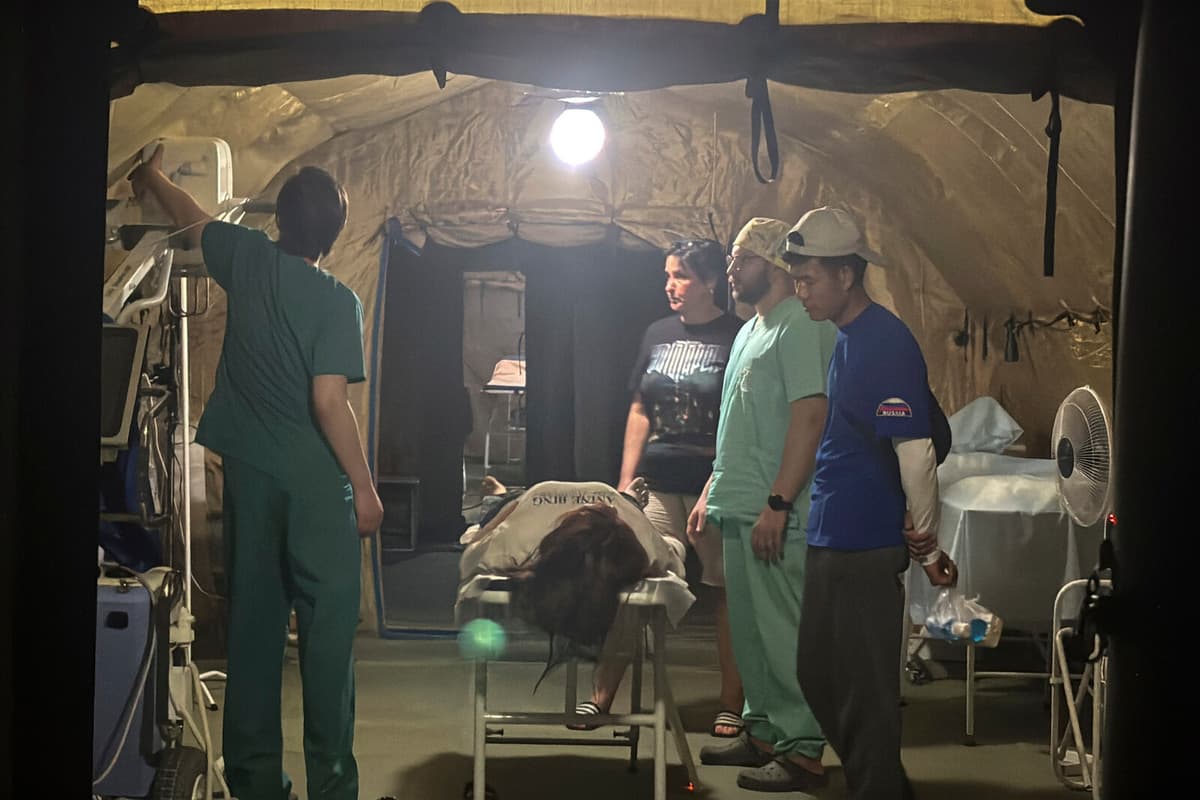According to the country's information minister, 4,589 people were injured and 221 are missing, reports the military-controlled TV company MRTV.
Local media reports on the number of deaths have exceeded the official figures, and the number of fatalities may continue to rise. Many areas have been difficult to reach since the earthquake knocked out communication.
On Thursday, the first plane with emergency aid landed in Myanmar. It involves 80 tons of emergency aid from Unicef, with support from the EU, which was collected from the UN organization's disaster warehouse in Copenhagen, the organization states in a press release.
The aid, consisting of medicine, tents, and supplies, will now be transported to the affected area and distributed to children and families.
The UN estimates that over 17 million people are affected by the earthquake on March 28, of whom 9 million are seriously affected.
"The coming days will be crucial in clarifying the full impact of the disaster," according to the UN.
The World Health Organization initially estimates that four hospitals and one healthcare center were completely destroyed, while 32 hospitals and 18 healthcare centers were partially damaged. Access to healthcare in the worst-affected areas is almost non-existent, according to WHO, while thousands of people need emergency care.
India and Russia-Belarus have sent mobile hospitals to Mandalay, where the earthquake had its epicenter.
On Thursday, unconfirmed reports emerged in local media that the temporary ceasefire in the civil war had been broken in the state of Kachin in the north.





